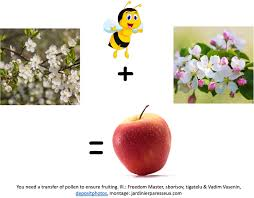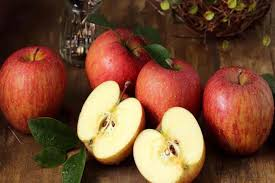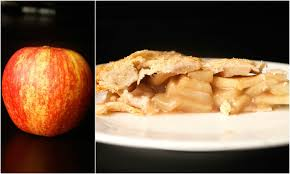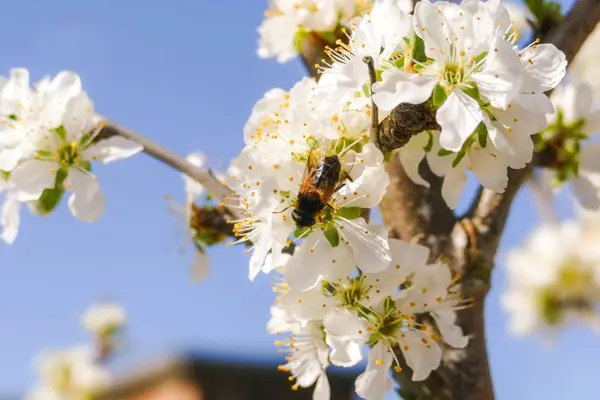Growing your own apples offers more than just fresh fruit—it provides access to a wide array of varieties, many of which aren’t found in supermarkets. There’s something truly special about biting into a juicy, home-grown apple, bursting with flavor. But before you can enjoy that delicious taste, it’s important to understand how apple pollination works and how to select compatible trees.
Why Pollination Matters
For apples to produce fruit, their flowers need to be pollinated. This involves transferring pollen from the male part of the flower (the stamen) to the female part (the stigma). Bees and other pollinators are the usual workers, though wind also plays a role. While some apple varieties are “self-fertile” (able to pollinate themselves), cross-pollination between different trees often results in a better fruit yield. Even self-fertile apples benefit from being planted near other varieties.
However, not all apple varieties are compatible with each other, and this is where pollination groups come in.

Understanding Pollination Groups
Apple varieties are categorized into four main pollination groups, based on when they bloom. Group A blooms first in the spring, followed by groups B, C, and D, with group D flowering later. To maximize your chances of successful pollination, it’s best to plant trees from the same group or from adjacent groups. If your apples flower at similar times, they are more likely to pollinate each other effectively.
For example, Group A varieties like ‘Discovery’ bloom early in the season, while Group D varieties like ‘Bramley’s Seedling’ bloom later. While it’s ideal to pick varieties within the same group, there’s often some overlap between adjacent groups that still results in effective pollination.
Special Considerations for Triploids
Some apple varieties, known as “triploids,” require pollen from two other trees for successful pollination. These are not self-fertile, and they cannot cross-pollinate with other triploids. Varieties like ‘Bramley’s Seedling,’ ‘Ribston Pippin,’ and ‘Jonagold’ are examples of triploid apples, and they may need a more careful selection of compatible trees. While they require additional planning, the effort is often worth it for the exceptional flavor these apples offer.

Maximizing Space with Family Trees
Even in small gardens, it’s possible to grow multiple apple varieties thanks to modern dwarfing rootstocks. If space is tight, consider a “family tree.” These trees have multiple varieties grafted onto a single rootstock, ensuring pollination and saving space. The varieties on a family tree are typically chosen to match each other in terms of flowering time and growth vigor, which prevents one variety from overshadowing the others.
Choosing the Right Apple for Your Taste and Climate
When selecting apples, the most important factor is taste. Apples fall on a spectrum from sweet to tart, with sweet varieties ideal for eating fresh and tart ones better suited for cooking. Many apples strike a balance between these flavors and can be used for both purposes.
Local climate conditions also play a role in your selection. If your area experiences late spring frosts, choose varieties that bloom later to avoid the risk of frost damage. By choosing varieties with different harvest times, you can enjoy apples from late summer through to the following spring.

Planning Your Orchard
Successfully growing apples involves careful planning. Take time to research the different varieties and their pollination groups to find the best match for your garden. With thoughtful selection, your apple trees will thrive, providing you with delicious fruit year after year.
By considering pollination groups, apple types, and your garden’s specific needs, you can create a mini orchard that’s both productive and rewarding. The effort you put into planning now will pay off with years of home-grown apple enjoyment.
